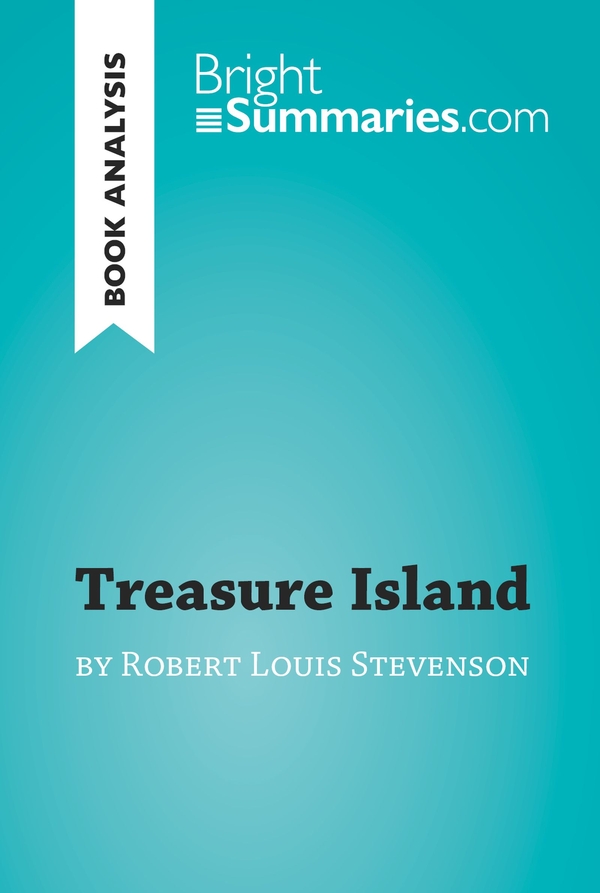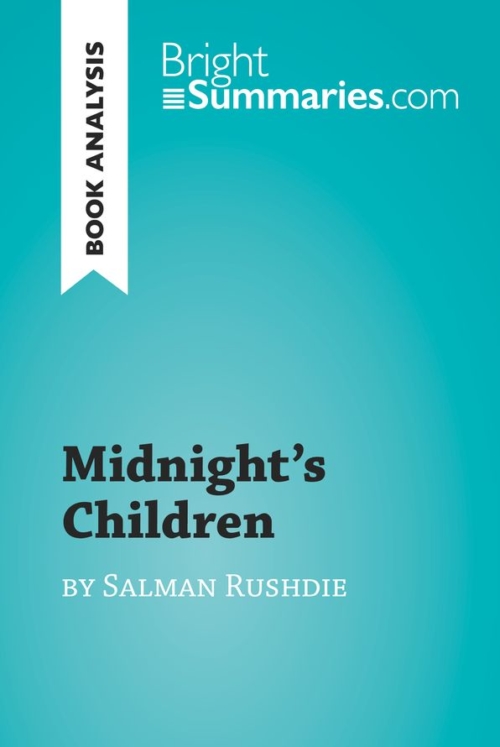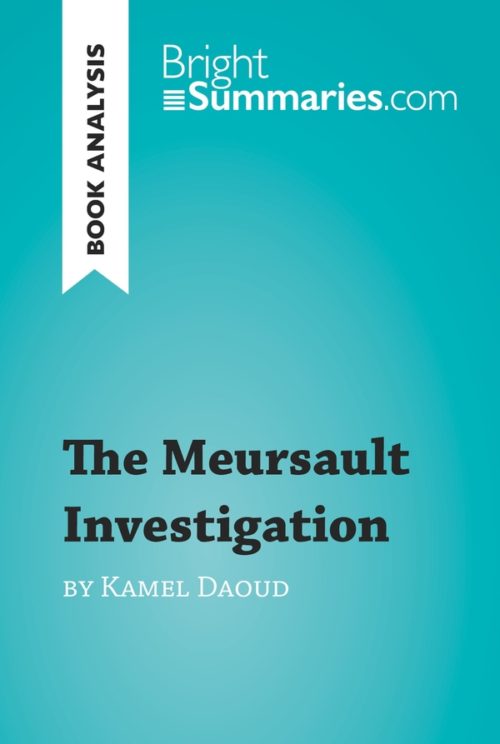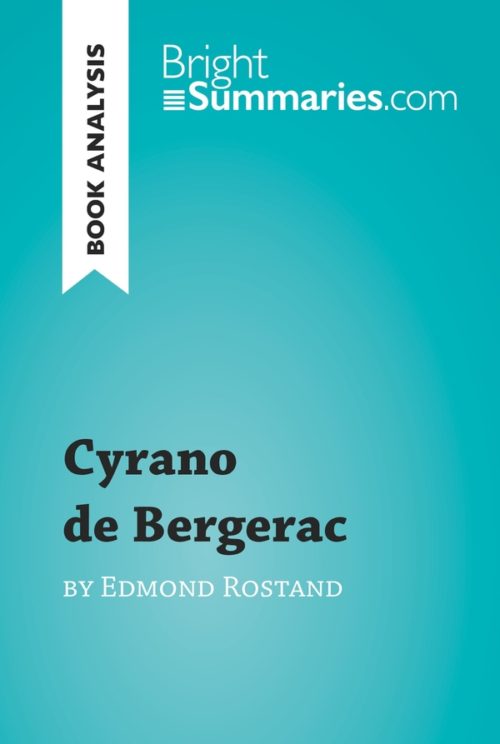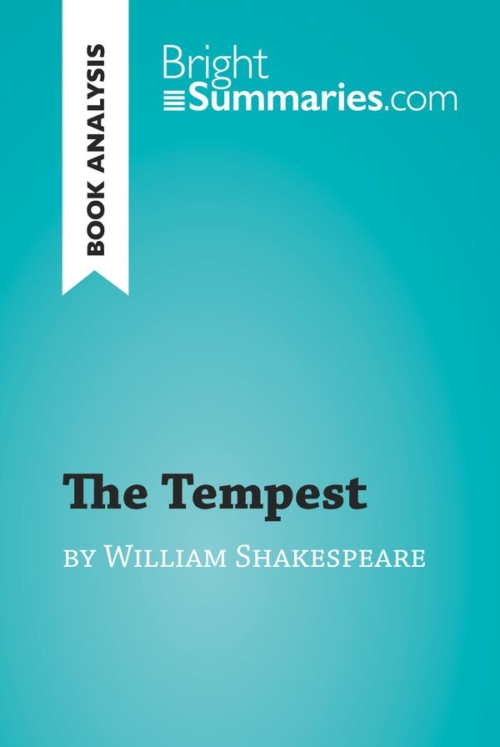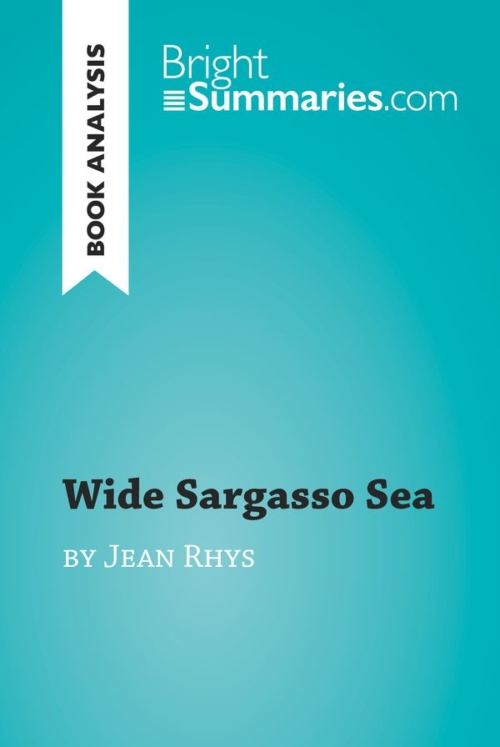Treasure Island by Robert Louis Stevenson (Book Analysis)
Treasure Island by Robert Louis Stevenson (Book Analysis)
Detailed Summary, Analysis and Reading Guide
Read more
This practical and insightful reading guide offers a complete summary and analysis of Treasure Island by Robert Louis Stevenson. It provides a thorough exploration of the novel’s plot, characters and main themes, as well as the techniques and methods that Stevenson uses to create a vivid and memorable depiction of his band of pirates and their adventures. The clear and concise style makes for easy understanding, providing the perfect opportunity to improve your literary knowledge in no time.
This clear and detailed 23-page reading guide is structured as follows:
- Biography of Robert Louis Stevenson
- Presentation of Treasure Island
- Summary of Treasure Island
- Character study
- Jim Hawkins
- Long John Silver
- Dr Livesey
- Squire John Trelawney
- Ben Gunn
- Analysis of Treasure Island
- A novel about adventure and coming-of-age
- Pirate mythology
- Actantial model
About Treasure Island
Treasure Island was first published as a serialised novel in Young Folks magazine. It tells the story of young Jim Hawkins, who is part of a band of pirates searching for buried treasure, and had a major impact on the conception of pirates in the popular imagination. The book, which is part coming-of-age story, part adventure novel, quickly became a literary classic, and has been adapted for the cinema, television and the theatre dozens of times.
About Robert Louis Stevenson
Robert Louis Stevenson was a Scottish writer who was active in the second half of the 19th century. He drew much of his inspiration for his stories from his travels through France, America and the Samoan islands, and also wrote essays on literary theory and articles about his travels in the Pacific. His writing was innovative for its time, and he was one of the first Europeans to defend the indigenous population of the Samoan islands against the colonial powers. His admirers include Jorge Luis Borges, Henry James, Ernest Hemingway and Vladimir Nabokov.
Product details
| ISBN | 9782806279675 |
|---|---|
| Publisher | Plurilingua Publishing |
| Collection | BrightSummaries.com |
| Format | |
| Pages | 23 |
| File size | 1.5 MB |

